| |
|
 |
| |
|
NB: according
to biographers, the spelling of surnames may
vary.
|
|
| Countess Giulietta GUICCIARDI (1784-1856). Cousin of the Brunsvik sisters. Beethoven's student around 1801. He dedicated the 'Moonlight Sonata' to her. Momentarily in love with Beethoven, she had a portrait done for him which he kept all his life. But she married Count Robert von Gallenbergin in 1803 , who was wealthier than the composer. Nevertheless, Schindler is mistaken in the date of the letter. It having been dated 1812, this idea is no longer plausible. She was proposed as the possible Immortal Beloved by Anton SCHINDLER - 1840. |
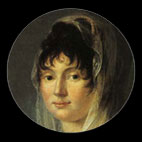 |
| Amalie SEBALD (1787 - 1846). Amalie was a singer, notably at Berlin. She met Beethoven at Teplitz in 1811 and 1812. They were very close, as proven by certain letters. Theory by Edouard HERRIOT - 1932, equally proposed by W. A. Thomas San Galli - 1909. |
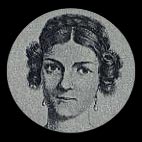 |
| Thérèse von BRUNSVIK (1775-1861). The eldest sister of the Brunsvik family remained celibate. Less talented and less beautiful than Pépi, she "watched over" her... Romain Rolland wrote that Thérèse loved Beethoven from 1806, and that they were engaged in that year. Beethoven had a portrait of Thérèse. Proposed by Romain ROLLAND - 1928, re-proposed by other biographers - 1879. |
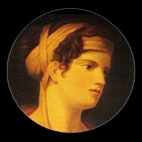 |
| Joséphine von BRUNSVICK (married
DEYM), a.k.a. Pépi (1779 - 1821). Beethoven was very close, from 1799, with all of the Brunswick family. Pépi became his student and was very talented. They were close friends. In 1812, Joséphine had been widowed for 8 years, for the moment without children (because she confided them in her sister, Thérèse)… and she had a baby girl 9 months later, Minona. One automatically thinks… Not bad, for a man without official descendants! Jean and Brigitte MASSIN - 1954, and numerous other biographers - 1920. |
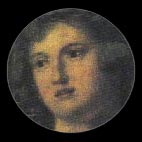 |
|
Antonie BRENTANO (née BIRKENSTOCK
1780 - 1869). |
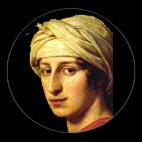 |
|
Countess Anna Marie ERDÖDY (née
NICZKY 1779-1837). |
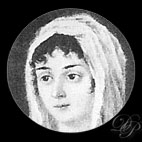
|
| Countess Almerie ESTERHAZY (married MURRAY
1789 - 1848). A young women of the Esterhazy family, (aristocrats from Almérie), born in France, re-opens this debate with her unexpected arrival on the scene. A credited pianist, she had the advantage of coming from a family who were close to Beethoven and seems to have been at the right places at the right times. In the end she married a wealthy officer. Jaroslav CELEDA - 1960, posthumous publication in 2001. |
|
|
The Immortal Beloved will always be a
mystery. (The portrait at the left is one of the two miniatures that were found in Beethoven's secret drawer after his death. It might be the immortal beloved - May be not...) |
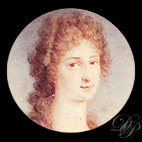 |
|
Many
thanks to Hannah SALTER for her translation
of this page from French into English
© 2001 - 2013 |
|
||||||||||||||||